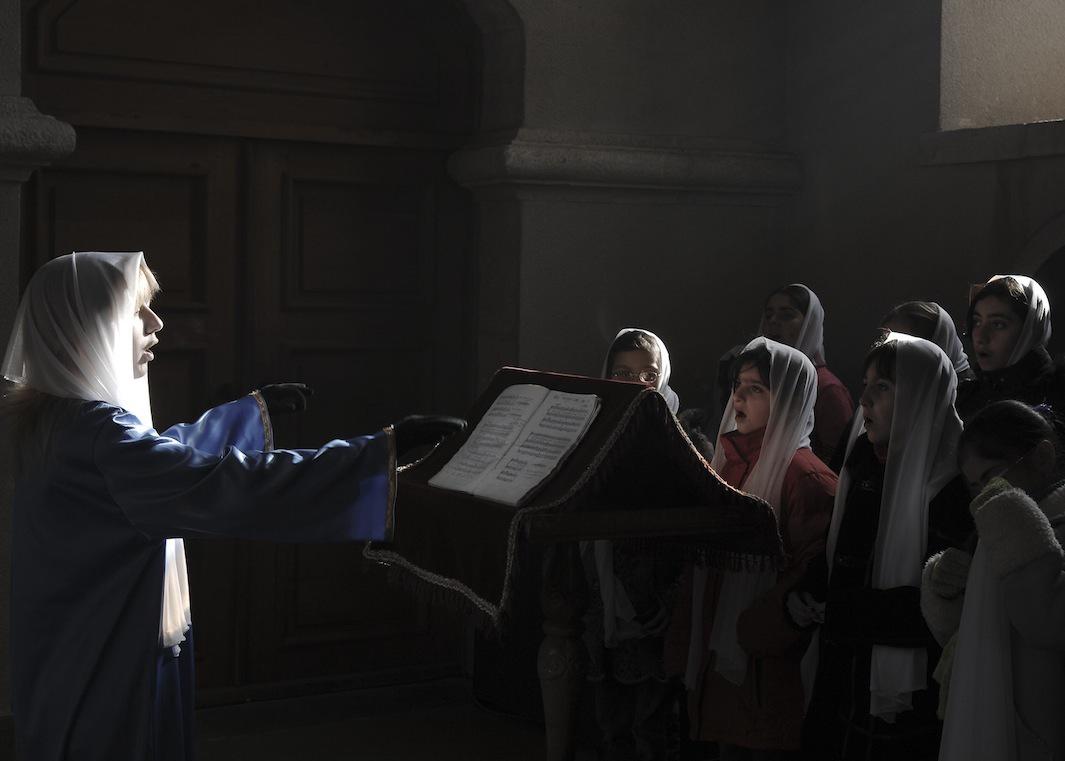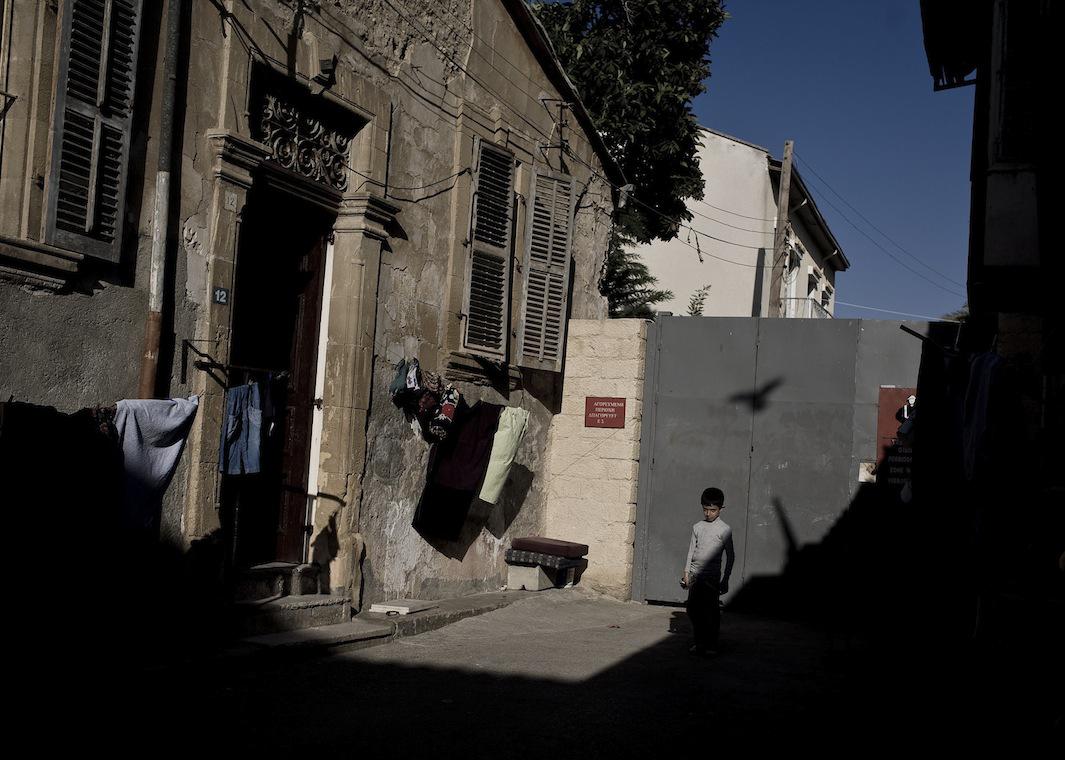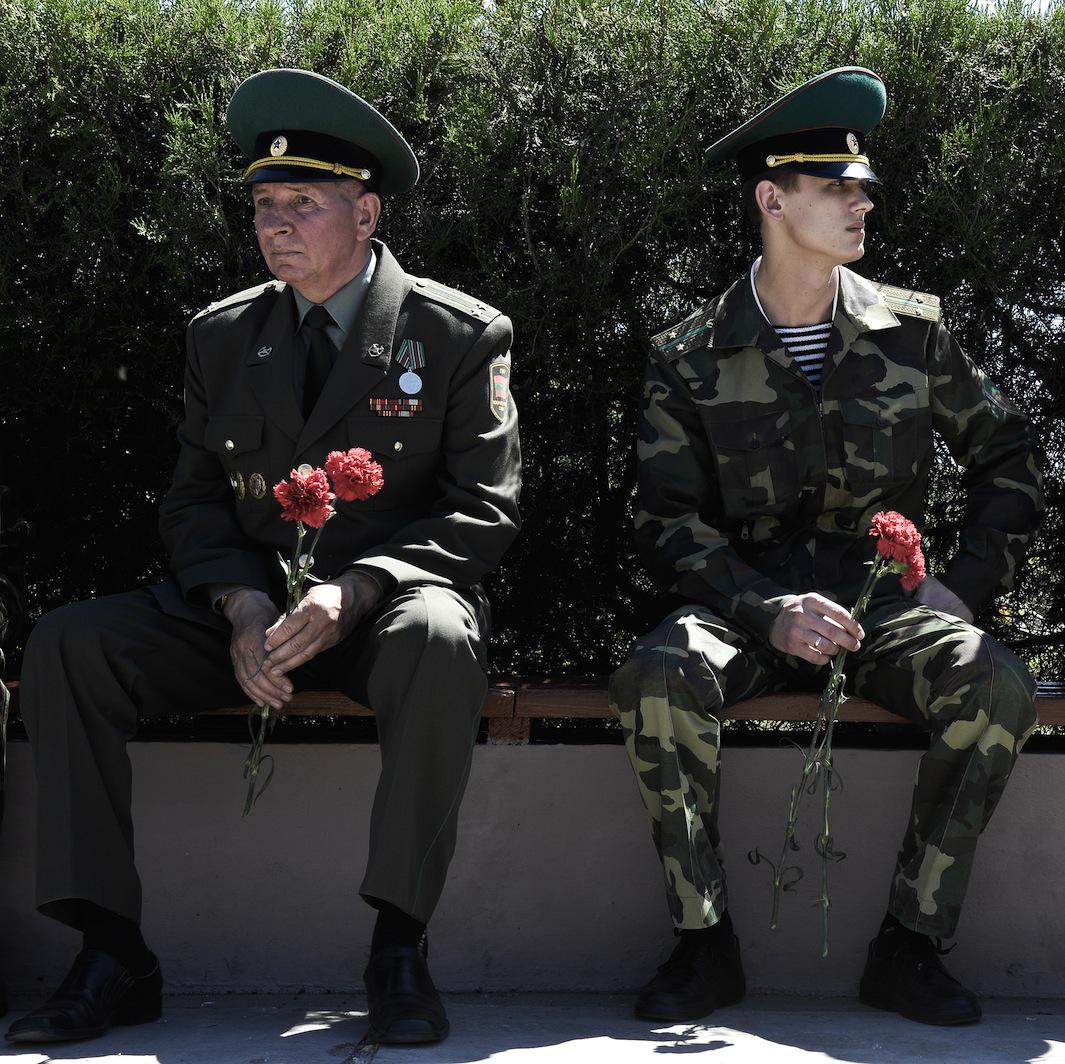What does it mean when a nation declares sovereignty, draws lines in the sand, and sets up a government but lacks the world’s recognition? That’s what Narayn Mahon investigated in his series “Lands in Limbo,” which went on display at the Madison Museum of Contemporary Art in Wisconsin on Dec. 6.
Between 2006 and 2010, Mahon visited Abkhazia, Northern Cyprus, Transnistria, Nagorno-Karabakh, and Somaliland, looking for a sense of “identity and isolation” in places full of patriotism, yet excluded from the international community.

Narayan Mahon

Narayan Mahon

Narayan Mahon
Mahon first became interested in countries with limited or no international recognition while studying abroad in Poland as an undergraduate in 2005. He’d visited Ukraine and then, on a train ride to Moldova, passed through Transnistria—a state that declared independence from Moldova in 1990 and is recognized only by three non-U.N. members. “We got to the border and I was taken off the train. I was the only non-Moldovan or Ukrainian person on board,” he said. “I got shaken down for whatever cash I had on me from the border guards. I thought, ‘What kind of place is this?’ ”
But Mahon didn’t actually visit Transnistria on that trip. The first state he visited, in the winter of 2006, was Nagorno-Karabakh—a region that broke away from Azerbaijan in the 1990s. It was cold, he said, and desolate. Most of the places he saw were scarcely populated “ghost towns” where he saw the few people living there pulling wood and cardboard out of abandoned buildings to build fires.
With the exception of Northern Cyprus, which has municipal trash collection and other government services thanks to support from nearby Turkey, most of the countries Mahon visited were struggling like Nagorno–Karabakh. Still, Mahon said, the countries appeared to function better than he had anticipated. “Every state had a security system,” he said. “It’s not chaos. It’s not lawless.”

Narayan Mahon

Narayan Mahon

Narayan Mahon
Getting to these places, however, was a challenge. Most didn’t have airports. And getting visas to visit meant complex, roundabout processes that required special permission from officials in nearby countries. “Once you’re there you have to be careful not to lose your passport because then you’re screwed. There’s no U.S. consulate,” he said. “The United States doesn’t want you to be there in the first place. You have to accept those risks and think, ‘If something did happen, how would I get out of here?’ ”
Once inside the countries, Mahon made an effort to connect with locals and foreigners from aid organizations to show him around. Mostly, he felt safe, but he was always suspicious as a foreigner with a camera: In Abkhazia, he was detained three times in a single day, and he was detained once in Transnistria while taking pictures at a military parade.
While Mahon was curious about the histories and current struggles of each country, his goal, he said, was not to weigh in on the political situations there. “I’m not even sure these should be independent states. I’m not advocating one way or the other. I’m just to help contribute to broadening people’s worldview and bring something they might not have known about to their consciousness.”

Narayan Mahon

Narayan Mahon

Narayan Mahon
